Restoring Grassland Common in Maharashtra

Anuja Malhotra and Abi Tamim Vanak Nature in Focus | July 20, 2023 International calls for land restoration, such as the UN Decade on Ecosystem Restoration, have created a push and an enabling environment for scaling up restoration in India. While there has been a valid focus on forested landscapes, the vast majority of the […]
Impact of Alien Plants on Western Ghats Causes Concern
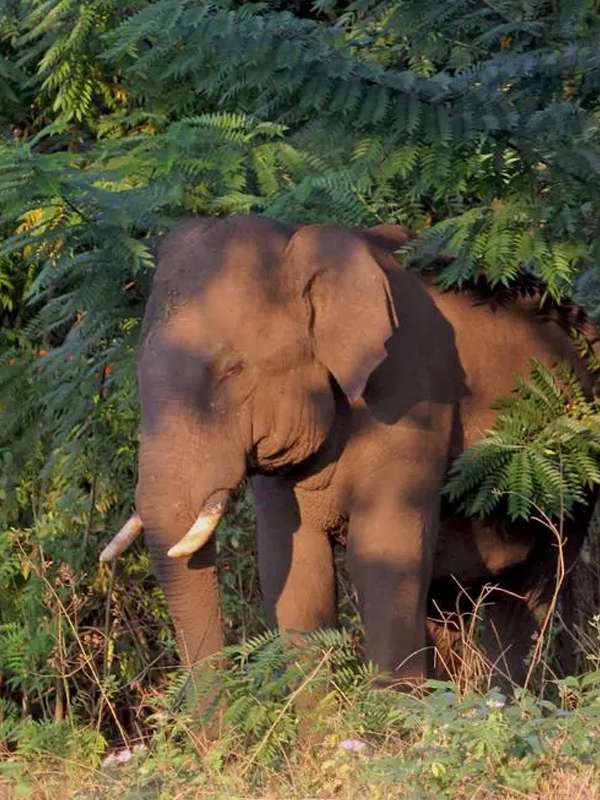
Anoop N.R., T. Ganesh Frontline | June 15, 2023 A 2020 study showed that the Lantana camara, a tropical American shrub, has invaded more than 40 per cent of India’s tiger habitats, threatening them through a causal chain that ultimately depletes the tiger’s prey base. The shrub’s presence was most prominent in the Shivalik hills, central India, […]
Water Body Census: a Good Start but Gaps Galore
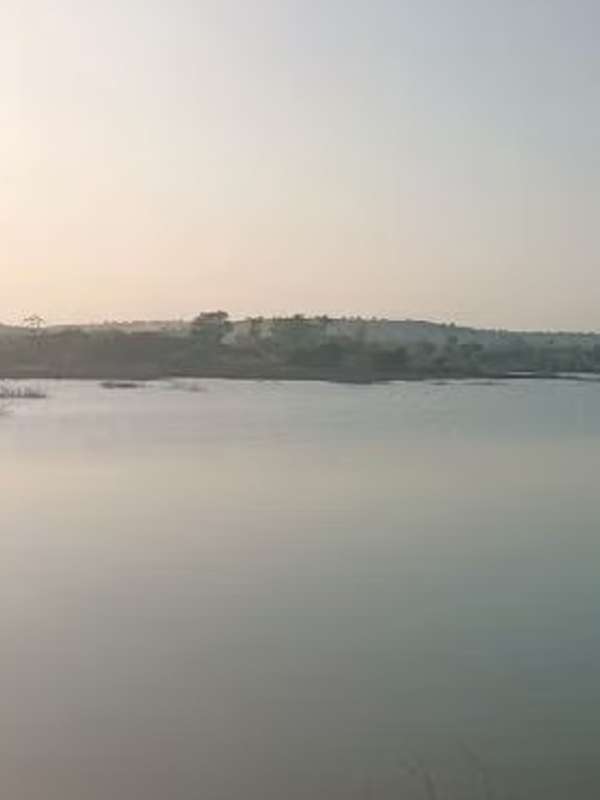
Priyanka Jamwal Deccan Herald | June 12, 2023 The first census report on India’s surface water bodies is a significant step forward. It provides valuable data that helps us understand the potential of these water bodies in addressing water scarcity and sustainability issues across the country. The report also enables the government and local bodies […]
No Longer Are We Confined to the Conventional and the Familiar: Rohini Nilekani on Philanthropy in India

Rohini Nilekani Forbes India | June 8, 2023 When I look back at how far we’ve come, I feel cautious optimism for the future of Indian philanthropy. There has been a subtle but significant transformation in the approach to social causes. No longer are we confined to the conventional and familiar. Today’s philanthropists, especially those […]
What is Organic Food? How Do We Identify Organic Products?
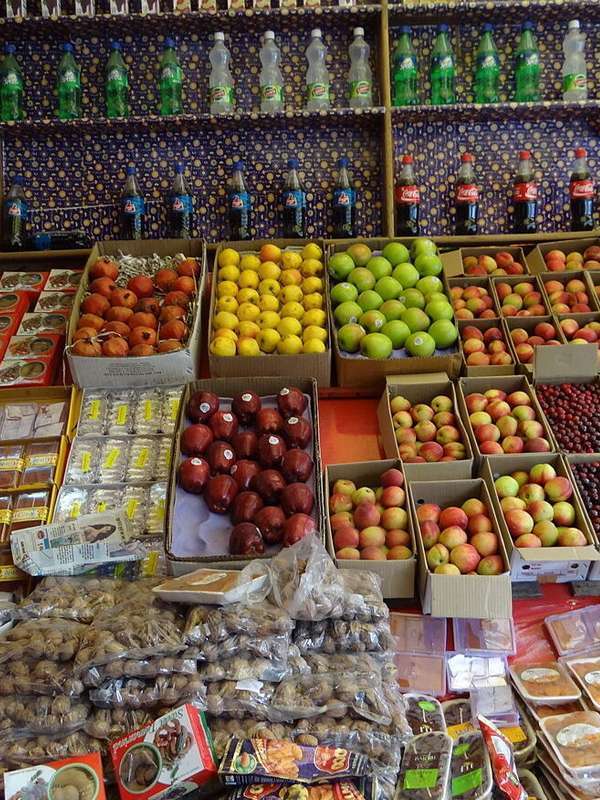
Irfan Shakeer, Priya Ranganathan Mongabay | June 8, 2023 Organic food products are the result of a farming system that avoids the use of hazardous chemical fertilisers, pesticides, growth regulators and livestock feed additives. There are four principles of organic agriculture which are related to health, ecology, fairness and care. The Participatory Guarantee System (PGS) […]
Why are migratory birds giving India a miss?

Arjun Kannan, Prashanth M.B, T. Ganesh Frontline | June 2, 2023 It was a late winter evening in the early 1980s. One of us (T. Ganesh) was in a small patch of grassland near Hyderabad, counting harriers, a hawk-like bird that migrates to India in winter. There were hundreds of them, all flocking down to […]
Biodiversity is Us and We Are Biodiversity
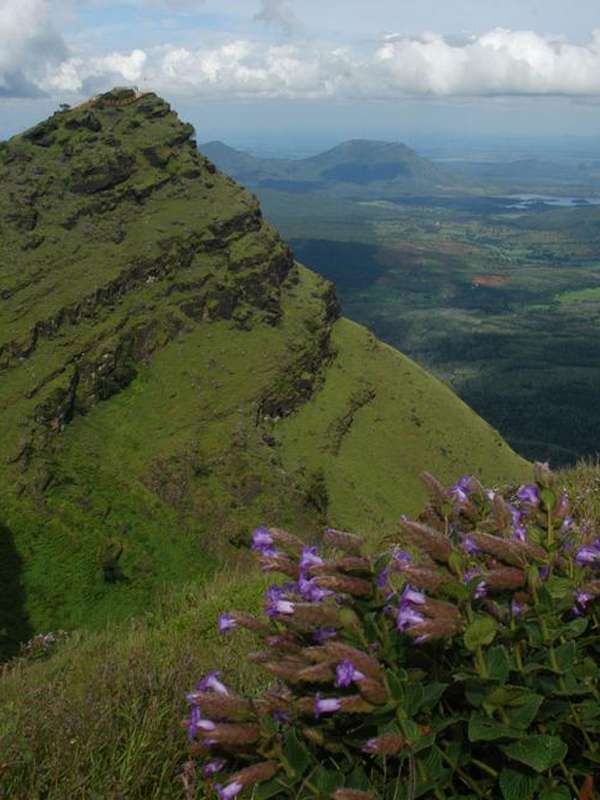
Kamaljith S Bawa The Hindu | June 1, 2023 The observance of International Biodiversity Day (May 22) was yet another reminder of the pivotal role our natural world plays in resolving the climate change crisis, which, along with the decline of biodiversity, poses an existential threat to our future. Biodiversity, the rich variety of life […]
Who’s Responsible for the Environmental Impact of What We Eat?

Manan Bhan The Hindu | June 1, 2023 The ever-increasing demand for agricultural products is leading to significant social and environmental consequences worldwide. The expansion of international trade has created global supply chains, directly linking consumers to geographically-distant impacts, including carbon emissions, biodiversity loss, freshwater depletion, soil degradation and labour-rights issues – all of which […]
Never-ending injustice: Forest villages of Madhya Pradesh
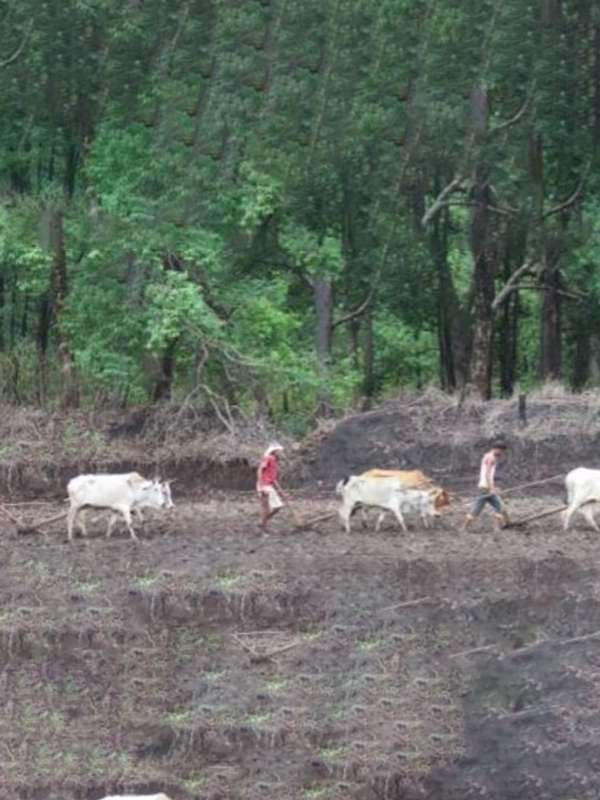
Sharachchandra Lele, Venkat Ramanujam Hindustan Times | May 19, 2023 Colonial forest policy imposed many injustices on forest-dependent communities in mainland India, including ignoring pre-existing cultivation and taking away people’s rights to access and manage the forest. Perhaps the most extreme form of these ‘historical injustices’ is the creation of ‘Forest Villages’ (FVs) in central […]
A Sneak Peek Into the Bird’s Beak
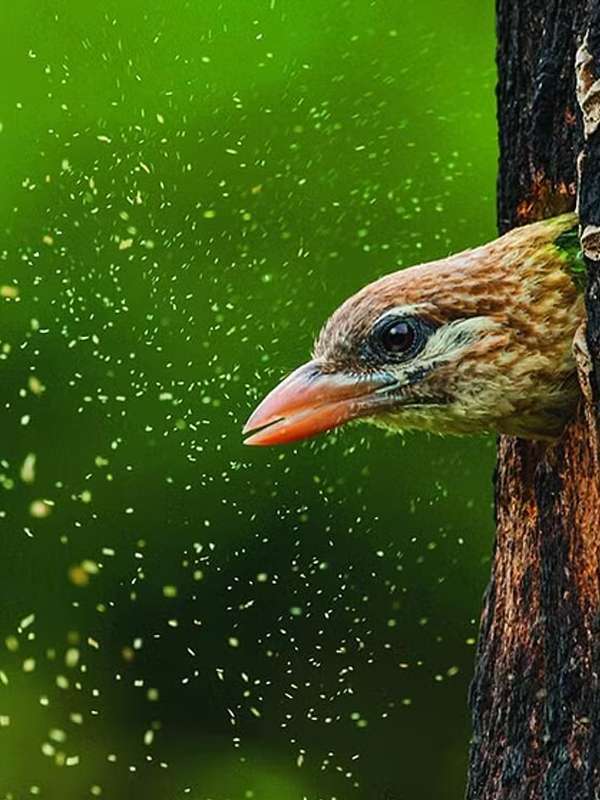
Seshadri K S Deccan Herald | April 28, 2023 Beaks are an appendage diverse in shape, size and function. Bird beaks are technically referred to as bills composite structures that lack teeth. Beaks are bony extensions of the upper and lower mandibles (jaw) covered by a layer of keratinised tissue called ‘rhamphotheca’. The keratinised tissue […]


